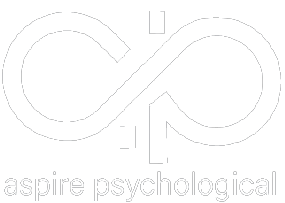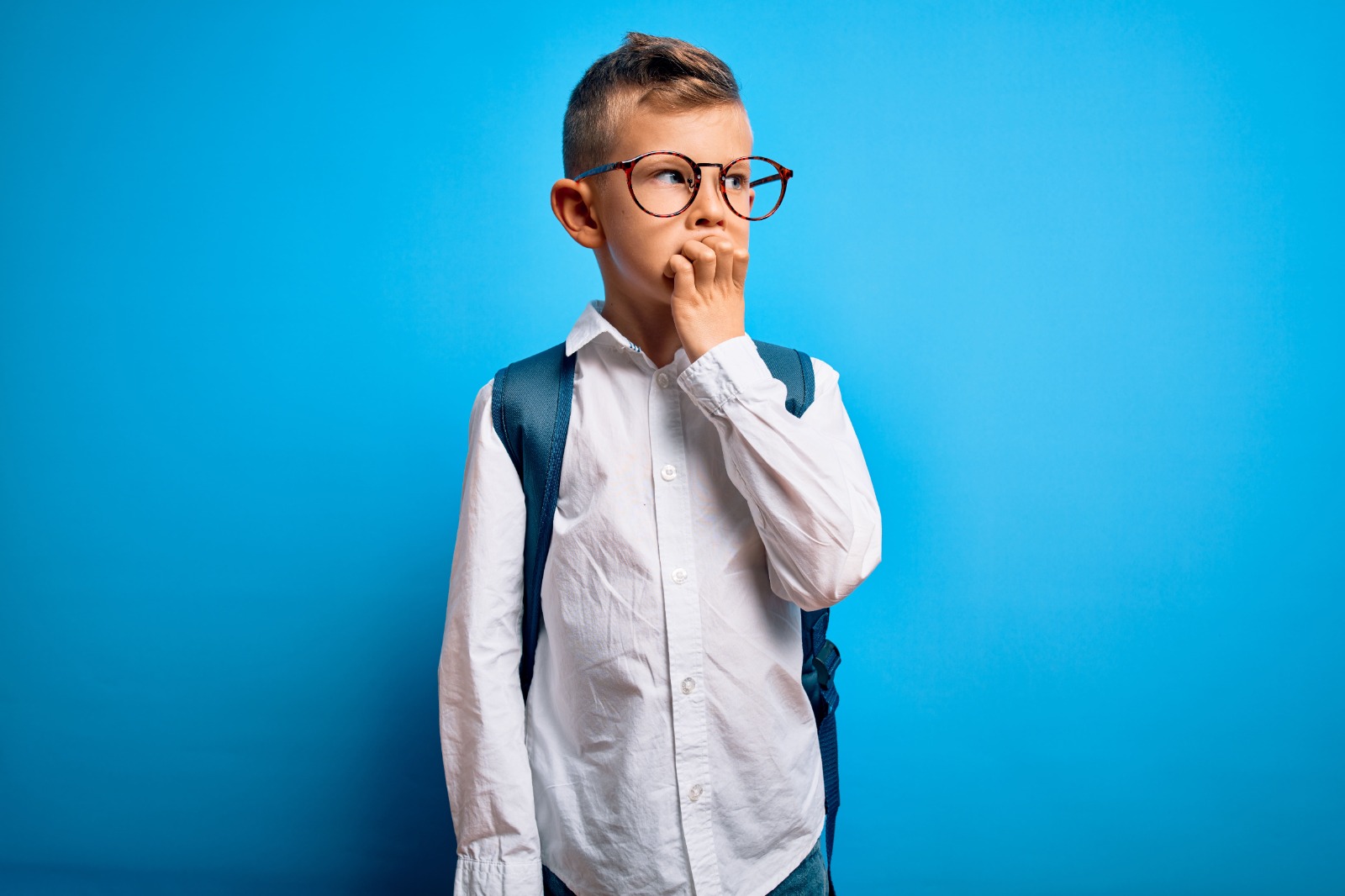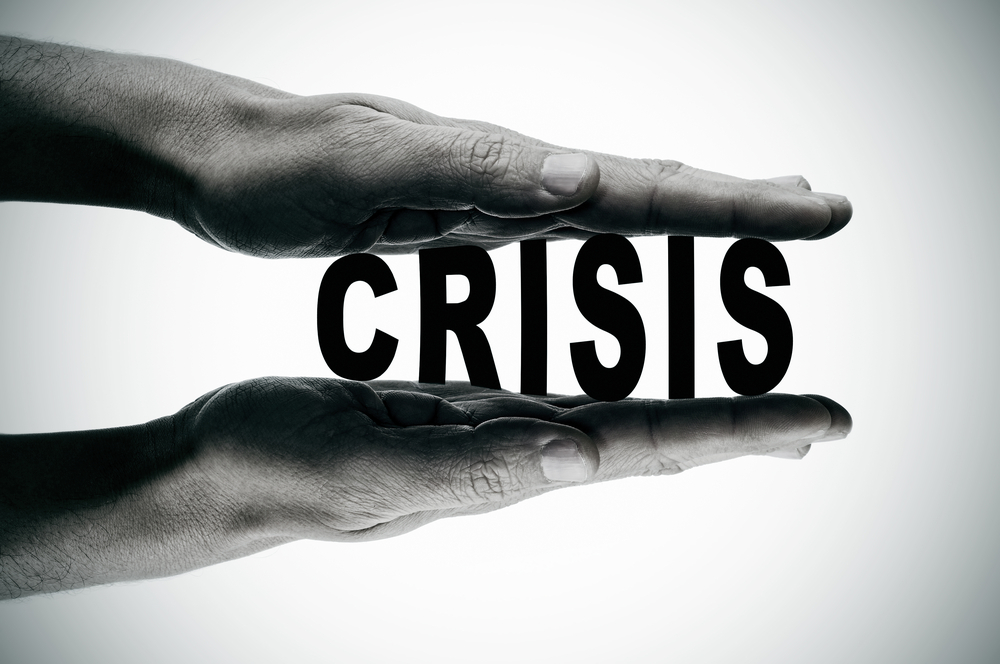Raising a child who lives with an anxiety disorder is not easy. Understandably, parents tend to be cautious about treatments. They do not want any treatment that adds to what their child is already going through. We couldn’t agree more. That is one of the reasons Aspire Psychological offers the option of child anxiety therapy.
We have multiple options for treating anxiety disorders based on a patient’s age and individual needs. Child anxiety therapy is just one of them. The therapy is a specialized form of therapy built on the principles of cognitive-behavioral therapy (CBT) but tailored to the child and their developmental stage.
It Begins With an Assessment
Child anxiety therapy begins with an assessment. A therapist will sit with a child and parent for a time just to talk. The goal is to help the therapist better understand the nature of the child’s anxiety. In addition, the therapist will want to understand what triggers a child’s feelings of anxiety as well as how the disorder is impacting the child’s life.
In addition to sitting and talking, a therapist might present questionnaires. There may be times when a therapist presents parent and child with some sort of activity and then sits back to observe how that activity is addressed.
Education Is the Next Step
Once a therapist understands what is going on with the child, they can move on to education. Both parent and child are educated about the particular type of anxiety being dealt with. The therapist will also explain anxiety symptoms, triggers, and other things that would be helpful. The goal of this education is to give the parents and child a direction for moving forward with treatment.
A Multifaceted Treatment Approach
Assessment and education are followed with a multifaceted treatment. Understand that child anxiety therapy is not just a single session with a single task to complete. Multiple sessions are required to take advantage of all the treatment tools made available through modern therapy. Those tools include:
- Cognitive Restructuring – Cognitive restructuring takes place as the therapist helps the child identify negative thoughts that contribute to anxiety. In addition to identifying said thoughts, the therapist will help the child challenge and replace them with more positive thoughts.
- Learning to Relax – Learning relaxation techniques can go a long way toward alleviating anxiety. Children are taught things like deep breathing, mindfulness, and muscle relaxation techniques.
- Exposure – Therapists will often recommend exposure therapy, a therapy that calls for gradually exposing a child to their fears but in a safe and controlled environment. With parent and therapist there to provide support, a child can learn to manage anxiety and eventually overcome it.
- Social Skills – As a child begins to gain more control over their anxiety, it is time to begin learning social skills. Children are taught assertiveness. They are taught how to begin conversations. Some are even taught how to go about making new friends.
Parents are not left out of the equation of child anxiety therapy. Therapists work with them to help them understand their role as supporters. They also teach parents how to more effectively communicate with their children, how to avoid reinforcing anxiety, and how to manage the often-negative behaviors associated with anxiety disorders.
A Proven and Effective Strategy
Over the years, child anxiety therapy has proven itself to be an effective strategy for addressing anxiety in children. We invite you to learn more about this therapy if you are attempting to raise a child with an anxiety disorder. Anxiety does not have to be in control. It can be overcome.





